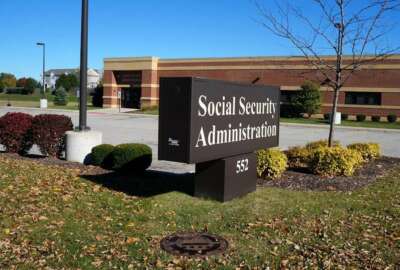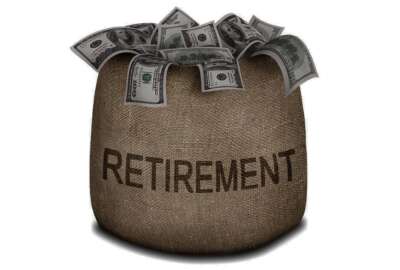
CSRS or FERS: Are you in the smart plan for you?
When the Federal Employees Retirement System was being developed in Congress, most people didn’t switch even though they probably should have.
During the mid-1980s, when the Federal Employees Retirement System was being developed in Congress, many feds had a choice. Stick with the Civil Service Retirement System, with its indexed to inflation annuity for life or move into the FERS program offering a reduced federal benefit, Social Security and an enhanced 401k plan.
Most people didn’t switch even though many, if not most, probably should have.
CSRS was designed for lifers, people who make a full career, i.e. 25, 30 or 41 years, in government. Most people don’t do that. A majority of people who join the government work a while, then move on to other jobs. About two-thirds leave before becoming eligible for retirement. They can’t transfer their CSRS benefit and they can’t collect it unless they return to government for a long time. For them FERS is a better deal because they can transfer their time under Social Security to another employer. And they are eligible for an eye-popping 5% match to their 401k Thrift Savings Plan. It can be left in the TSP or transferred to a new non-federal employer’s 401k.
Because FERS was developed during the Reagan administration, some federal and postal unions warned members it couldn’t, in any way, be better than the CSRS program. That’s true, but only for lifetime feds.
Even today, decades after FERS became the only plan, feds and retirees continue to argue about which is best, which costs them the most. So along comes the Congressional Budget Office which looks at one of the major perks of FERS, the 5% government match to workers’ TSP accounts. You can get the full report here.
But for some highlights, check out what one reader, Mike S., gleaned from it.
“CBO just issued a fascinating report comparing how offering matching contributions instead of imposing larger default contributions impacts retirement savings. One finding by the study is the Abstract: ‘We find that raising the matching threshold from 0% to 5% leads to employees
contributing 3.3% more of their salaries to TSP. In contrast, an increase in the default
contribution rate from 0% to 3% increases employee contributions by 0.3% of their salary.’
“I concur with the hypothesis that ‘anchoring’ is at play here based on my personal experience. For the past 28 years, I have consistently maximized the match, not wanting to leave ‘free money’ on the table, but have contributed no additional amounts to the TSP. Of course, the fact that I have four children and paid for their college, having to shell out a substantial portion of my post-tax salary for the past 28 years, might also account for that. No doubt, however, raising the match would have caused me to increase my contributions over those years.
“I could not help but be surprised by one observation contradicting the accepted wisdom that those with CSRS retirement benefits were better off than feds like me who will retire with a FERS-Social Security combination of benefits. The article states on page 10, ‘[T]he percentage of preretirement salary replaced by the combination of the DB plan and Social Security is higher for workers in FERS than for those in CSRS.’
“Finally, I take great exception to the statement on page 16 of the report that states, ‘Federal workers might be different from private-sector workers in unobservable ways such as risk aversion, references for deferred compensation, or propensity for procrastination and inertia.’
“The ‘who’s got the best retirement plan’ will probably be around a long, long time. Bottom line is that both, when compared to what nonunion private sector employers are offering their workers, look pretty good.”
Nearly Useless Factoid
By Amelia Brust
Since 1965, the Theodore Roosevelt Medora Foundation has presented the “Medora Musical” in honor of the 26th president’s years spent in North Dakota’s Badlands region. The show runs for 100 days and is performed in the outdoor, 2,900-seat Burning Hills Amphitheatre. According to the foundation’s website, audiences can expect “high-energy music” by the Burning Hills Singers and The Coal Diggers, “guest variety acts from around the world, live horses on stage, a family-friendly humor, an exciting charge up San Juan Hill.”
Source: Medora.com
Copyright © 2025 Federal News Network. All rights reserved. This website is not intended for users located within the European Economic Area.
Mike Causey is senior correspondent for Federal News Network and writes his daily Federal Report column on federal employees’ pay, benefits and retirement.
Follow @mcauseyWFED




